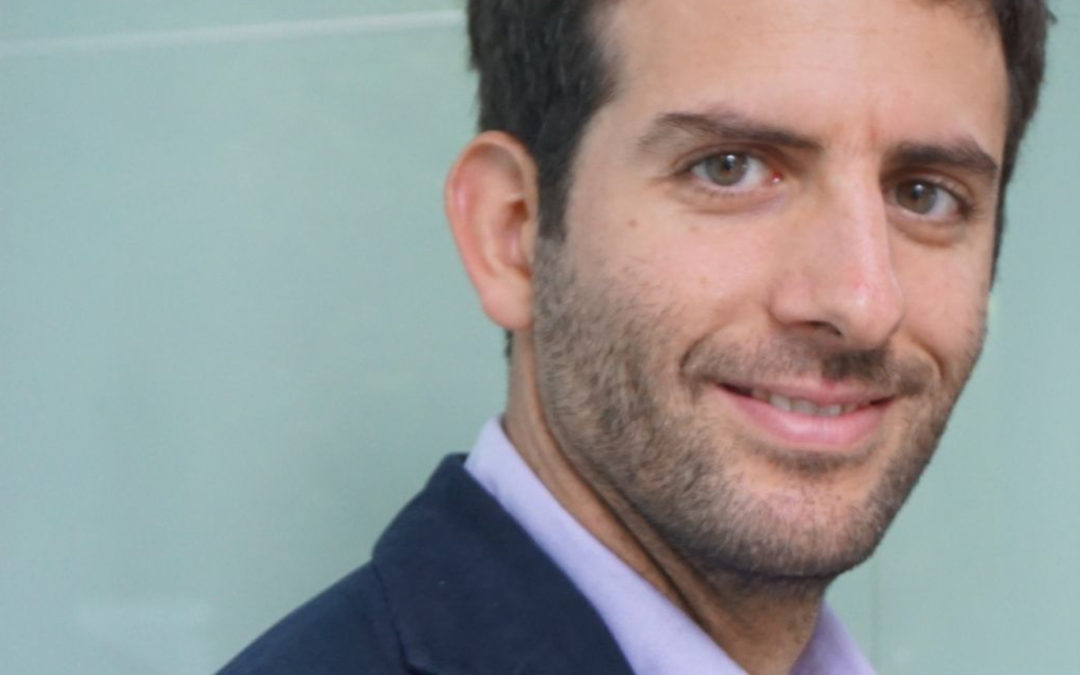Yannis Hadjinicolaou is a research fellow in the humanities at NYU Abu Dhabi. His research interests are: Art and art theory of the Early Modern Period, Theory and history of the history of art, Synagonism in the Arts, Political Iconography and Falconry. In NYUAD he will be working on a project entitled, Falconry in Art: A Heritage in Global Perspective.
Falcons and the Arab world are closely intertwined. Falcons are symbols of power, freedom and an integral part of the UAE’s cultural heritage. What prompted you to work on the pictorial history of falconry?
At NYUAD, I will pursue a project focusing on the pictorial history of falconry, which has largely been neglected by art historians and cultural historians alike. There is great potential in its global reach. Already Friedrich the Second wrote in the 13th century (in his De Arte Venandi cum Avibus based heavily on Arab sources) that he gathered different falconers from four continents to practice this noble sport in his court. This shows the combination of political power or the cura publica and falconry as a metaphor that is being reflected in a number of emblems and images in the Early Modern period, which will be the frame of the present investigation. The crucial role of the Mediterranean world in transferring knowledge, images, practices and the instruments of falconry from the Arab Peninsula and Asia to medieval and early modern Europe will be highlighted. At the same time it will be shown that certain pictorial traditions and media starting from Europe and the U.S. reach the Arab Peninsula today.
What does falconry as a cultural practice signify?
The interaction of nature and culture reveals itself in the interaction of the bird of prey and the falconer, between untamed and tamed. The different techniques of learning this art and training the falcon as well as transferring its knowledge as an intangible cultural heritage will be of central importance for the present study.
How much does nature still reside in falconry?
The transformation of a natural into a political landscape and the falcon, flying high above the territory, substitutingtheruler, defines the core of the falconry´s iconic power (as you can for instance see in the picture from Sambucus Emblems entitled Cura Publica, 1564). As a long iconographic tradition highlights, rulers and falcons were often associated with each other. Culture, the ruler’s handling of the falcon, was thus turned into nature, and vice versa nature – the prey killed by the falcon – could be turned into culture, into hunting trophies, -pictorial or physical – collected by the ruler.

